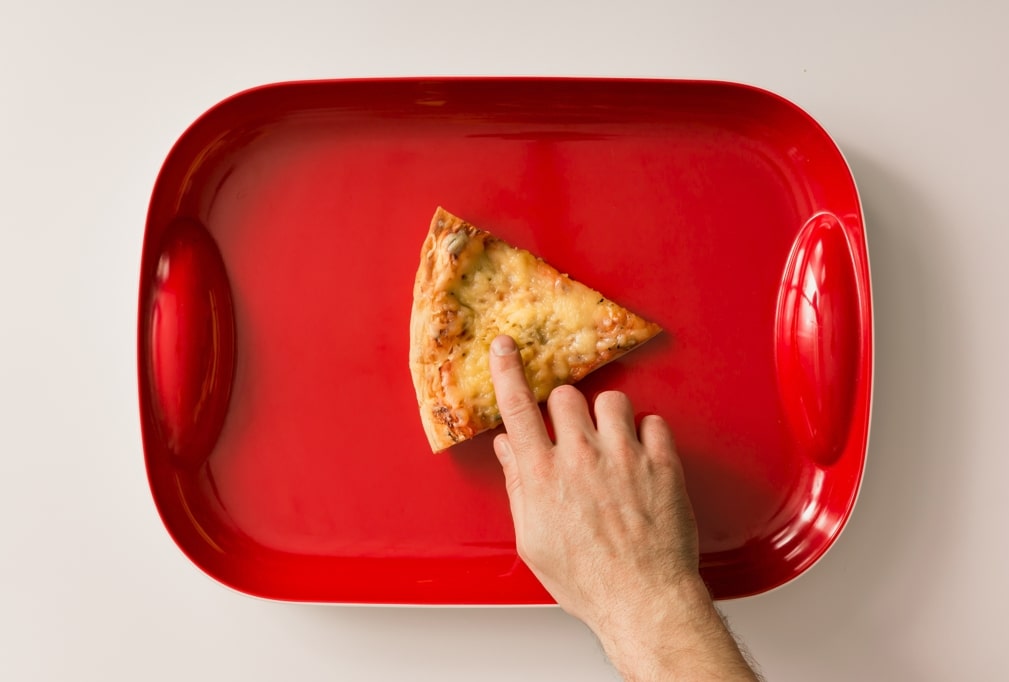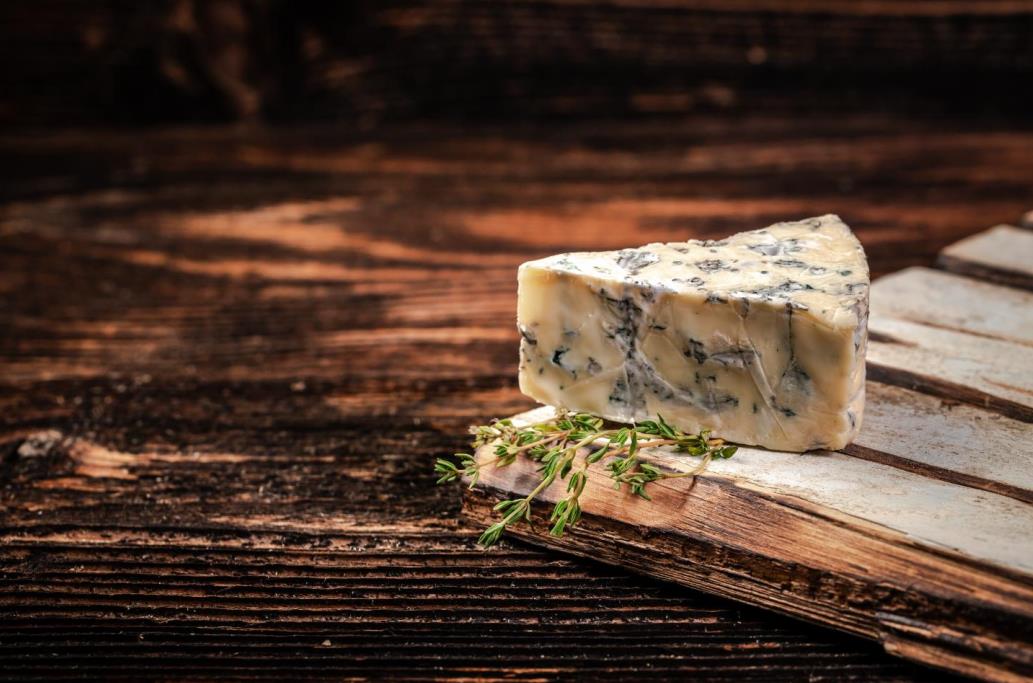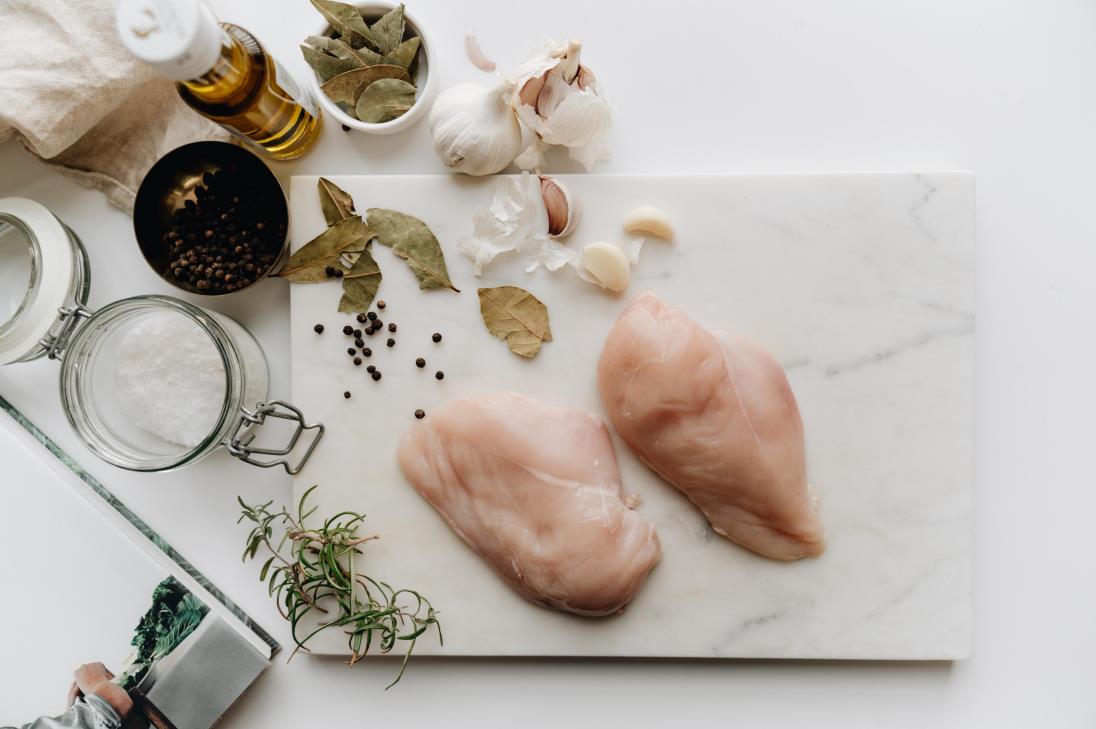The mention of mahogany conjures up the image of luxurious wood, often seen in high-end furniture or cabinetry. Its unique grain, texture, and coloration make it an ideal material for many woodworking and craft projects. But does it have the features that make it a good material for cutting boards?
On the Janka hardness test, mahogany scores 800 to 850 lbs (pounds-force), which is relatively low compared to hardwoods such as maple (1450 lbs) and walnut (1010 lbs). Low hardness means that knife marks are more visible on mahogany than on harder woods, making it less than ideal for cutting boards.
Moreover, it’s an open-grained wood that can trap food particles and harbor bacteria.
But there’s more to mahogany than just the Janka hardness test. This post takes an in-depth look at the wood characteristics of mahogany to determine its suitability for cutting boards. We’ll cover the wood’s sanitary, hardness, and durability characteristics and compare it to other woods like maple to come up with a final verdict.
Table of contents
What is mahogany wood?

Mahogany is a tropical hardwood tree of the genus Swietenia. The three species of Swietenia considered to be “genuine mahogany” include Honduran mahogany (Swietenia macrophylla) native to Southern Mexico and northern Central America; Cuban mahogany (Swietenia mahagoni) native to the Caribbean islands of Cuba, Jamaica, and Hispaniola; and West Indian mahogany (Swietenia humilis) native to the Florida Everglades and the Caribbean islands.
Mahogany wood is a coveted material due to its beauty, workability, and durability. The heartwood of mahogany is typically pink-brown to a light red-brown, while the sapwood tends to be light yellow. Some variations of mahogany wood may also have a reddish or purplish hue.
Besides the “genuine mahogany” species, there exists another member of the Meliaceae family, the African Mahogany (Khaya spp), native to the African continent and generally accepted as being close enough to the “genuine mahoganies.” We also have other woods with mixed acceptance of being called mahogany, including the genus Entandrophragma, Turraeanthus, and Guarea.
Mahogany wood characteristics
Like any other wood species, mahogany has features that make it suitable or unsuitable for certain uses. Below are some of the characteristics that make mahogany a highly sought-after material:
- Workability: The workability of mahogany makes it ideal for furniture, turning, carving, and joinery applications. Its Goldilocks-Esque balance of softness and hardness makes it easy to shape but sturdy enough to keep its form. Mahogany also takes glue well and is easy to finish.
- Beautiful grain: Mahogany has a beautiful grain pattern and color, ranging from pink to reddish-brown. The grain may be straight or interlocked, giving it a sophisticated and varied look.
- Stability: Stability is the ability of a material to resist changes in dimension with changes in humidity. Mohogany is excellent in this regard due to its low shrinkage and expansion coefficients. Joints will remain tight, and glue-ups won’t come apart.
- Large and clear lumber: Unlike other species, mahogany yields very large and clear boards. The wood yields defect-free heartwood, and the trees can grow over 100 feet tall. It can also be wide and up to twenty feet, producing large boards with few knots.
- Decent rot resistance: While not as rot-resistant as cedar, mahogany has a decent natural resistance to wood decay and rot. It’s also resistant to insect attacks.
Is mahogany good for cutting boards?

Choosing a cutting board material goes beyond the general wood characteristics. While the features of mahogany make it suitable for furniture and other projects, some of its characteristics don’t quite suit the requirements of a cutting board.
Below are the aspects to consider when deciding if mahogany is good for a cutting board.
Hardness
Hardness is an essential factor in cutting boards. The harder a board is, the better it will resist scratches and indentations from knives. While mahogany is a hardwood, it’s not as hard as other woods, such as maple. On the Janka Hardness Scale, mahogany ranks from 800 to 850 lbs (pounds-force), while maple is around 1,450 lbs.
Therefore, a mahogany cutting board will show signs of wear sooner than a maple one. It gets worse with heavy use, as scratches and divots accumulate quickly. An advantage, however, is that mahogany boards are easier to sand and refinish. But how often will you do that? For this reason, most chefs don’t find mahogany a desirable material for cutting boards.
Sanitary
When it comes to cutting boards, cleanliness is paramount. You want a material that won’t absorb liquids or juices and become a breeding ground for bacteria. Unfortunately, mahogany falls short in this category. The wood has an open-grained structure with pores that can easily retain bacteria and other contaminants.
Food particles can penetrate the pores and prove challenging to remove, increasing the risk of foodborne illnesses. Regular cleaning and disinfecting are essential if you decide to use mahogany for a cutting board.
Durability
Factors that affect a cutting board’s durability differ from those of general furniture. A cutting board will take a lot of abuse, and you want one that won’t break down easily over time. Mahogany isn’t the most durable choice for a cutting board; the wood is softer and more prone to wear and tear than other hardwoods.
An advantage, however, is that mahogany stands up well to water (used to make boats) and doesn’t swell or shrink much when exposed to moisture. It’s also relatively rot-resistant, but you may want apply a few coats of sealant or mineral oil to make the board last longer.
Aesthetics
The beauty of mahogany is undeniable. The wood has an attractive look and a warm hue that adds that special feeling to any piece of furniture. Its reddish-brown color will complement most kitchen decor and furniture pieces, making it a great addition to your kitchen. The grain is also visible, giving the cutting board a unique pattern.
For this reason, most people choose mahogany for decorative cutting boards, such as charcuterie boards and cheese boards. However, better options for cutting boards that will last and serve you well in the kitchen also exist.
Price
When looking for cutting boards, price is another factor to consider. Mahogany is a relatively expensive wood compared to some of the other options in the market. Moreover, it’s not as readily available as other species like maple or walnut. However, it might be worth the investment if you can find mahogany at a reasonable price and consider aesthetics a priority in choosing your cutting board.
Handpicked for you
True cutting power in the palm of your hand
Mahogany vs. other wood

Below is how mahogany compares to other cutting-board materials.
Mahogany vs. maple
Maple is also a hardwood and compared to mahogany; it has a slightly higher Janka Hardness rating of 1,450 lbs. Maple is ideal for cutting boards as it’s less likely to show signs of wear over time, and its closed-grain structure makes it more sanitary than mahogany. Moreover, maple’s densely packed fibers make it a more durable choice.
Mahogany vs. walnut
Walnut is a hardwood with a Janka rating of 1,010 lbs. That makes it harder than mahogany, meaning it’s more resistant to scratches and indentations.
The denser grain structure of walnut also makes it more sanitary than mahogany. While walnut is more expensive than mahogany, it’s a sound investment that will last many years.
Mahogany vs. acacia
Like maple and walnut, acacia is also harder than mahogany, with a Janka rating ranging from 1,500 to 2,000 lbs. The wood is naturally rot-resistant, and its closed-grain texture makes it more hygienic than mahogany.
While it’s not as visually appealing as mahogany, acacia offers excellent value for money and is a good choice for cutting boards.
Mahogany vs. teak
Teak is another hardwood popularly known for its water resistance capabilities. Unlike mahogany, it’s rich in natural oils that make it naturally bacteria-resistant.
It also has a high hardness rating, making it more durable and resistant to scratching and denting than mahogany. It also has a tight grain pattern that makes it impervious to water penetration.
Mahogany vs. bamboo
Bamboo is not wood but grass. It’s a popular choice for cutting boards due to its affordability and sustainability. The Janka rating for bamboo ranges from 1,380 to 4,000 lbs, which is way harder than mahogany.
Because it’s grass, it comprises vascular bundles rather than a grain structure, so it’s more sanitary than mahogany.
Additionally, bamboo is naturally antibacterial, so it’s less likely to harbor bacteria.
Closing Thoughts
Mahogany is a beautiful wood that can be used to make decorative cutting boards. However, it’s not as hard or durable as other woods like maple, walnut, and acacia, so it may not be the ideal choice for a cutting board that will see a lot of use in the kitchen. We hope that from this article, you gained insight into mahogany as a cutting board material and can make an informed decision when choosing your cutting board.
If you check out our HDMD blog, you’ll find more exciting and informational content about cutting boards, knives, and other kitchen tips and tools. Check the HDMD store for discounts on high-quality kitchen knives that will change your cooking game.












